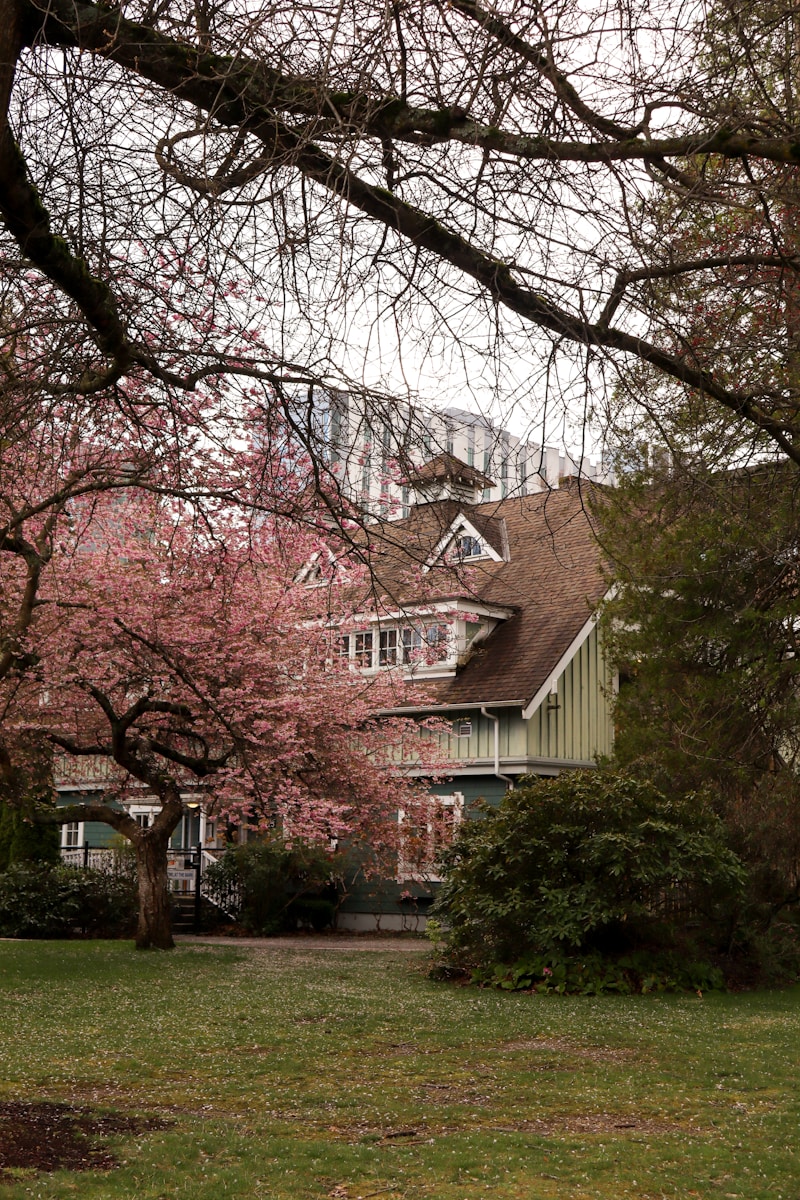Introduction
Picture living in a city where the dream of having your own backyard haven is as within reach as owning a condo in the sky. Yet, after a short drive, you discover not every neighboring city thinks about housing in the same way. Compare Vancouver and Seattle and you’ll see two distinctly different approaches to backyard homes—solutions tied to some of today’s biggest issues: housing affordability, new paths to ownership, and the changing shape of city life. Right now, backyard housing is at the heart of civic debates in both cities, impacting families, first-time buyers, and planners alike.
This article gives a breakdown of how each city manages modern backyard living—looking at origins, smart design choices, rule books, and the latest debates that decide who can own or rent one of these homes. If you’re planning to dive into this housing trend, or just want to see where these policies might lead in the future, keep reading for practical information and a clear look at what might change next.
Understanding Laneway Houses and DADUs
Before we can really see the difference between Vancouver’s laneway houses and Seattle’s DADUs, let’s look at what each city actually builds. In Vancouver, a laneway house is a compact dwelling set at the rear of a residential lot, typically facing an alleyway. Seattle’s version is called the Detached Accessory Dwelling Unit, or DADU. These are small, separate buildings also built in backyards, but their history and regulations are unique to the city.
While both types of homes add new options to single-family neighborhoods, they appeared as cities hunted for ways to gently boost density without replacing beloved old houses with apartment towers. Vancouver set the pace when the city welcomed laneway homes in 2009—and thousands sprouted up quickly. Seattle introduced DADUs around the same time but took baby steps, adjusting rules more slowly, especially concerning who can own and build one.
How Each City Got Here
So, how did laneway houses and DADUs become popular? In Vancouver, older alleyways and rectangular lots were just waiting to be used for extra homes, making lane-side construction practical and less intrusive. Vancouver lots are often slim but deep, offering the space and privacy these little houses need.
Seattle’s blocks don’t generally rely on the same alley system and tend to be shaped differently—with bigger, more awkward lots. Unlike Vancouver, stricter rules clogged progress. For years, laws about parking, property ownership, and who could live there slowed Seattle down. As of just a few years ago, barely one percent of Seattle’s eligible properties had built a DADU—well behind Vancouver, where about one in three single-family houses has some form of extra dwelling.
Different Paths in Ownership
If you want to own your backyard home, rules are very different on each side of the border. Seattle’s city leaders recently voted to let DADUs be bought and sold separately, so someone could buy just the tiny house out back. This made a real impact; more backyard homes are getting built, and they gave hope to buyers who couldn’t otherwise break into the housing market.
Not so in Vancouver—laneway homes are tied to the same land deed as the main house. They’re rentals only. Unless you buy into a larger new development, you can’t purchase a laneway house outright; they can’t be split off into property for sale—at least not yet. This has limited who can benefit from laneway living, and who can gain from the increase in property value.
City Layout and Backyard Design
The neighborhoods in both cities help shape what type of backyard living can work there. Nearly every block in Vancouver has an alley running behind it—just designed for discreet backyard housing. Long, skinny lots mean more privacy and space between houses, so adding a separate home feels natural.
Seattle’s lots are chunkier and not all have that back-lane convenience. There’s less room between main houses and DADUs—Seattle officially requires only five feet of space, while Vancouver prefers around fifteen. That bigger buffer creates more independent living spaces and fewer concerns about crowding or privacy.
Affordability and Downsides
Advocates for both laneway homes and DADUs say these types of housing quietly and quickly add much-needed units, helping keep inner-city living affordable. Over decades, Vancouver put up more than 25,000 accessory homes, but slow-moving policies now lag behind the recent changes that sped up DADU construction in Seattle. Seattle has aggressive targets for making 2,000 new back-lot homes every year, while Vancouver could see similar gains if only the city would let residents buy and sell laneway homes outright.
Despite leading early on, Vancouver’s rules on ownership mean fewer locals can use their own land’s hidden value or find an affordable path to adulthood or senior independence right in their backyard.
On-Going Policy Battles
City councils are still actively weighing options. In Vancouver, officials are investigating new ways to allow ownership of laneway homes, especially for families hoping to help aging parents or younger generations stay in the city. Just a short while ago, Vancouver leaders agreed to start studying how to make this happen—though nothing’s certain yet. People who already own homes—and those waiting for their own piece—watch these talks closely because rule changes could unlock so much potential and new wealth for ordinary families.
Meanwhile in Seattle, five years of liberal laws and separate sales have created lots of buzz and a jump in new parts of the housing market, though some local residents worry about extra traffic, parking crumbs, or real estate speculation taking over.
Obstacles and Successes
Vancouver’s Barriers
Vancouver’s primary issue is that laneway homes are only for rent, cutting residents off from building equity or owning a tiny home on their own terms. Infrastructure headaches (from water to parking) create resistance to rapid growth. Many older homeowners own their homes outright and could use this creative solution to age-in-place or help family—if the city loosens the rules.
Seattle’s New Openings
Allowing DADUs to be bought individually makes it possible for more people, including young families, to step onto the homeownership ladder. Recent updates to regulations made extra units easier and more attractive for property owners, although neighborhoods see more construction, busier streets, and uncertainty about how to manage the new shared spaces.
Tips and Ideas for Homeowners and City Leaders
If you’re hoping to build, buy, or live in a laneway home or DADU, here’s some advice:
- In Vancouver, follow city updates—new announcements may soon mean real change.
- If you want ownership freedom and city rules lag, joining a larger development might already deliver separate home sales.
- Seattle residents should know the neighborhood codes—there may be limits based on lot setbacks or shared driveways.
- For both places, look into new mortgage products; some banks now allow laneway and DADU builds to be financed with custom loans.
- Planners in both cities should engage long-term residents and plan in advance so public services support higher density without issues.
Laneway houses in Vancouver and DADUs in Seattle aren’t simply clever designs or the latest real estate trends. They capture a shifting story about how cities can be more welcoming, more creative, and better suited for everyone from newcomers to the next generation. The continuing evolution of city policy means more opportunities just behind the garden gate—if governments rise to the challenge.
For anyone eyeing a backyard revolution, staying alert to local council debates isn’t just good planning—it could be the secret to unlocking an affordable future home in the city you know and love.

